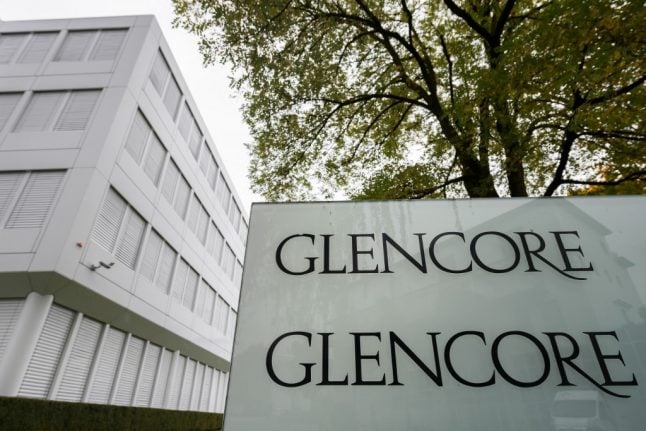After months of speculation on an announcement Xstrata finally broke the ice in a brief statement saying it “was approached by and is in talks with Glencore.”
According to regulations at the London Stock Exchange, where both companies are listed, Glencore has until March 1st to make a firm offer, a Xstrata statement said.
Glencore also responded briefly, indicating it “took note” of the Xstrata announcement.
“There can be no certainty that any offer is made,” warned the company headed by South African Ivan Glasenberg.
FastMarkets metals analyst in London James Moore said: “Major news has been seen on the mining front with Glencore and Xstrata in advanced merger talks in an $80 billion deal.”
The possibility of a merger between Glencore, which owns 34 percent of Zug-based Xstrata, has been the focus of discussion since Glencore’s IPO in May 2011.
The merged entity would create a global commodities giant, with a market capitalisation of around $106.5 billion (81 billion euros).
The combined Swiss-based groups would be in third place behind the sector’s world leader, Anglo-Australian BHP Billiton weighing in at $203 billion, and Rio Tinto ($122 billion).
But Xstrata and Glencore together account for more than the Anglo-South African group Anglo American, whose stock value is $58.8 billion.
Credit Suisse analysts say the operation would generate synergies of about $246 to $704 million, or between 3-7 percent of cumulative net income for 2012.
Experts expect synergies in the marketing of coal, copper and zinc.
In a study published in October 2011, Credit Suisse said a Glencore merger would improve access to raw materials enabling it to more easily feed its marketing activity.
Glencore was successfully launched on the London Stock Exchange and in Hong Kong in May 2011 and in the first half of last year saw its net profit soar 57 percent to $2.45 billion.
Glasenberg has headed the company from its beginnings and he is now a major industry player.
In addition to being a giant trading company, Glencore also holds major mining assets in minerals such as zinc, copper, lead and aluminum.
It also has interests in energy (oil and coal) and agricultural (cotton, sunflower, wheat, sugar) and buys from 7,000 suppliers.
Glencore, based in Baar, in the centre of Switzerland, also has its own port facilities, warehouses and a fleet of ships to supply customers around the world.
Mining giant Xstrata’s group net profit gained 27 percent to $2.9 billion in the first half of 2011.


 Please whitelist us to continue reading.
Please whitelist us to continue reading.
Member comments